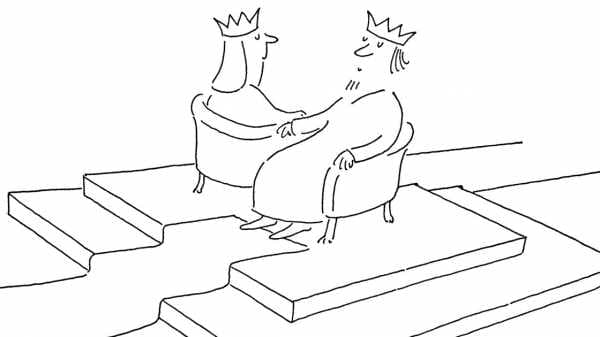
From The New Yorker’s beginnings, cartoons have been an integral part of the
publication, and, from the beginning, women have been drawing them. The first New Yorker cartoon created by a woman, Ethel Plummer, appeared in the première issue, on February 21, 1925. She, like many female contributors of the time, was classically trained, having attended art school to study painting and illustration. She was also active in the suffrage movement, and one can see the feminist perspective in her cartoon of an irreverent flapper. Another cartoonist, Barbara Shermund, drew in a breezier, more modern style, but, like Plummer, her ideas had a feminist bent. Mary Petty, another cartoonist, was self-taught; her drawings often ridiculed the upper classes with their dark tone and sarcastic humor. Perhaps the most famous of the women cartoonists in those early years was Helen Hokinson, whose every stroke of the pen inexplicably seemed to carry humor.
As the cartoons became a more celebrated part of the magazine,
the styles of the artists became less traditional and more “cartoony.” During and after the Second World War, a few women cartoonists contributed work—perhaps filling spaces vacated by men who’d left to serve in the war. Roberta MacDonald drew women in the military. In the early nineteen-fifties, Doris Matthews drew cartoons to support her painting career. Still, cartooning was a male-dominated field, and the number of female contributors was always much lower than the number of men. In the middle of the century, the number dwindled for a number of years to zero.
In the nineteen-seventies, under the leadership of a new cartoon editor, Lee Lorenz, a new generation of women cartoonists began getting published in the magazine (myself among them). In an interview, Lorenz said that he was never looking for “women cartoonists”; he was looking for new ways to express humor. Nurit Karlin, who is Israeli, contributed simple, captionless line art, a quiet form that was not often seen in the magazine. Roz Chast’s naïve drawing style and quirky observations, introduced to the magazine in those years, were unlike anything New Yorker readers had seen before. When her work was first brought to the magazine’s editor, William Shawn, he said, “But how does she know they’re funny?”
The decades that followed brought us the work of Victoria Roberts and Huguette Martel, of Barbara Smaller, Marisa Acocella, Kim Warp, Carolita Johnson, and Julia Suits, among others. Today there are more women drawing cartoons for The New Yorker than ever before, and each voice has brought us something different. Inspired by this, and based on my book “Funny Ladies: The New Yorker’s Greatest Cartoonists and Their Cartoons,” I curated an exhibition of the work of the magazine’s women cartoonists, past and present, for the Society of Illustrators, in New York City. Here is a sampling.
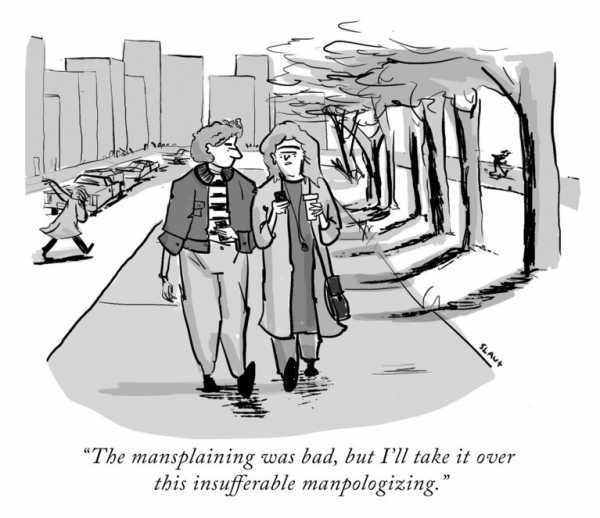
22
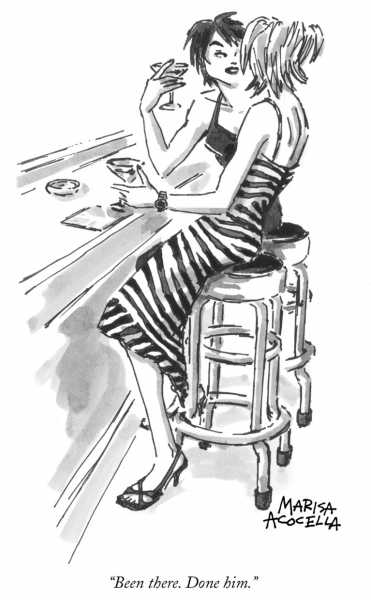
22
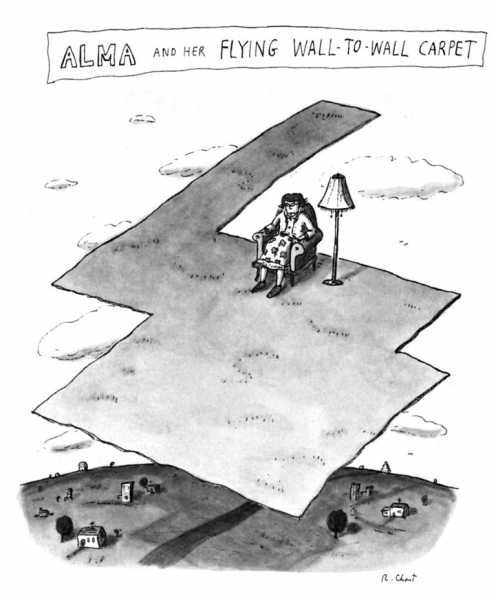
22
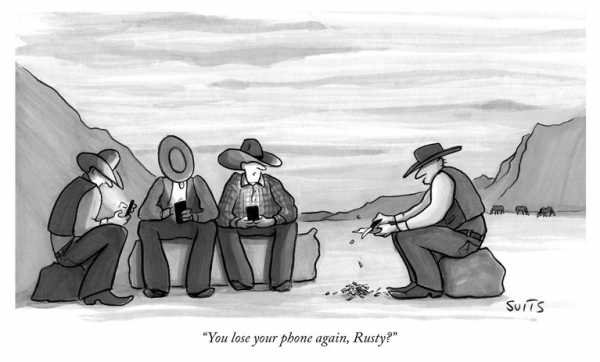
22
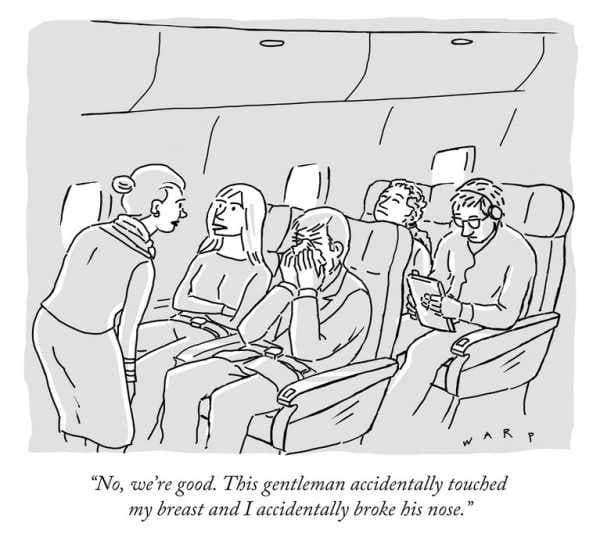
22Full-screen1 of 21
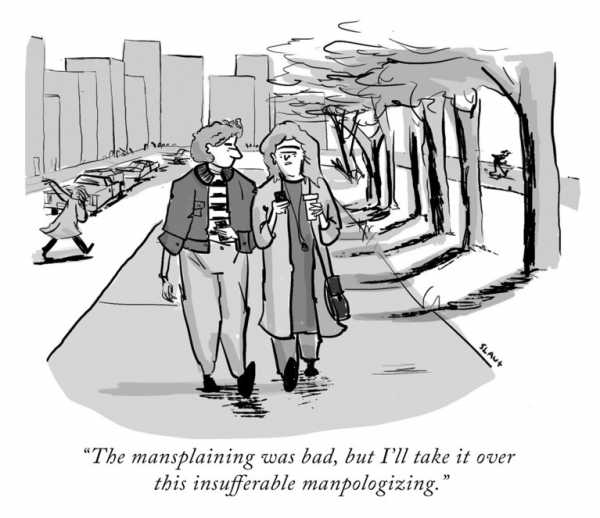
21
Sourse: newyorker.com






